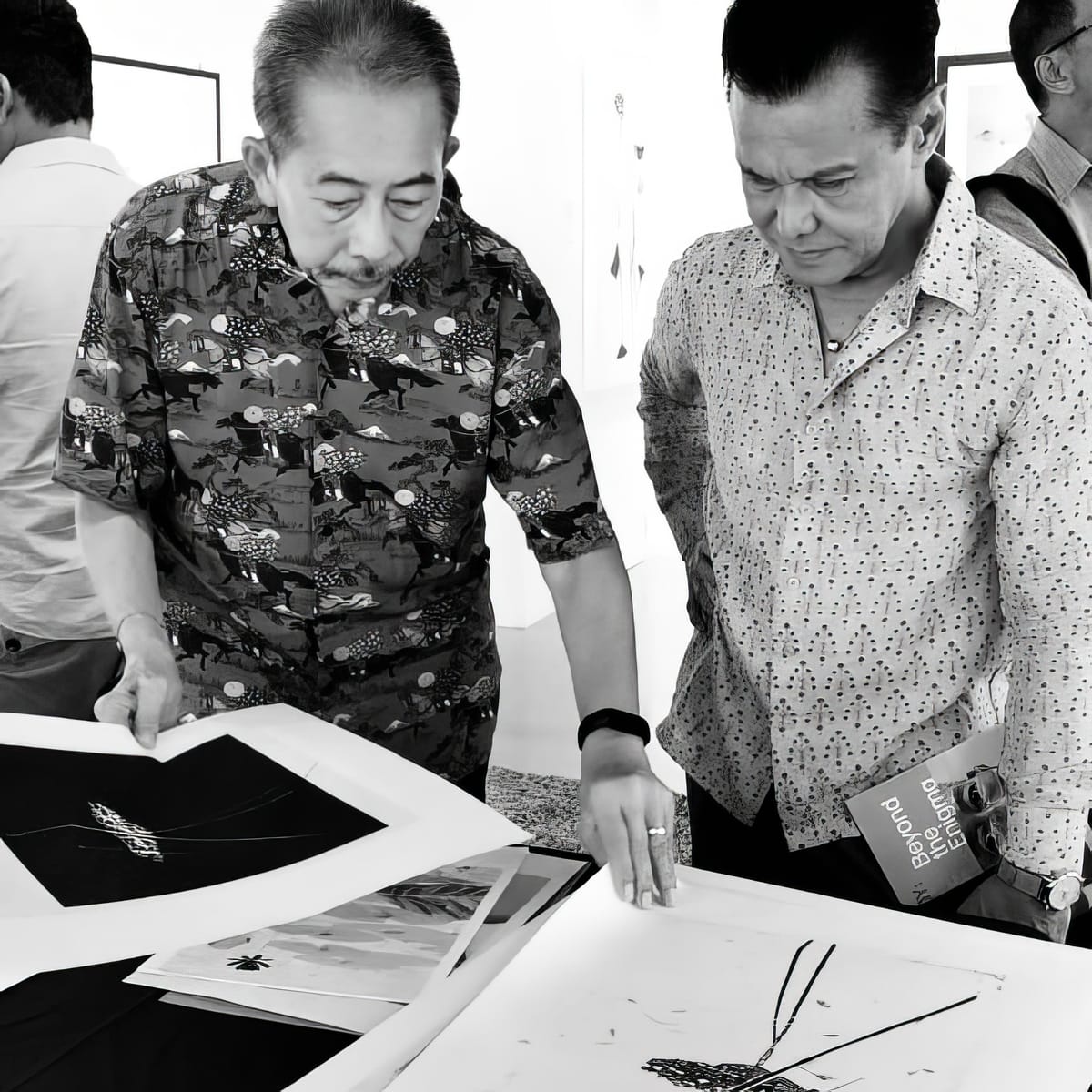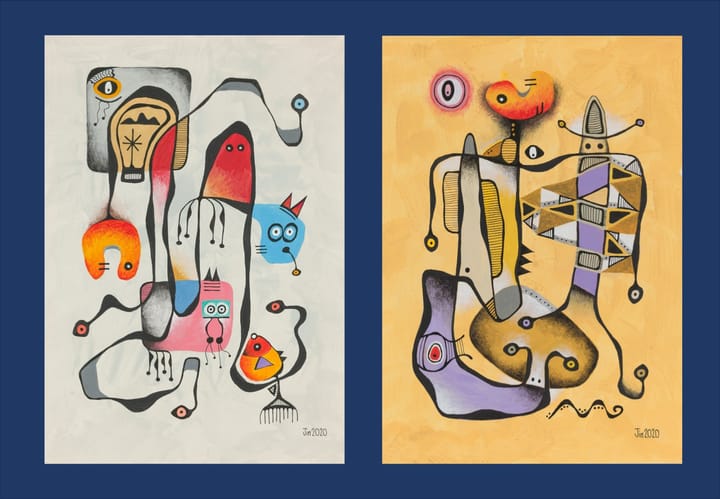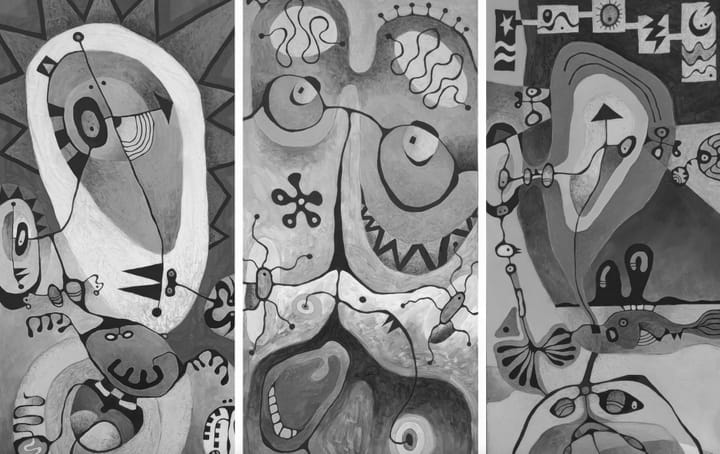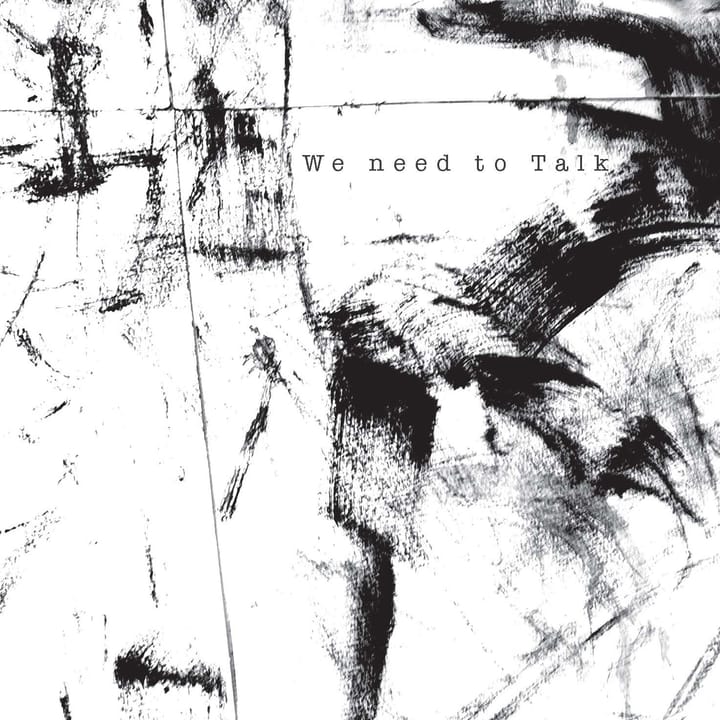KF Choy: ‘Capture to Print’ with Mindful Twists

PERUSING KF Choy’s photos, I get the feeling each has travelled a complicated journey with many thoughtful sojourns undertaken by the artist to invigorate or ameliorate its parts — before we are brought to the grand finale.
Every piece is reaching out to us; each marriage of form and content communicates, describing the unique path it has taken in the mind and via the hands of Choy.
That said, given the complexities, the viewer has to be ushered in, and guided (in the first steps, at least), in exploring and appreciating more fully each piece and the creative processes that go into making it.
This is not surprising to anyone who has spoken seriously with KF Choy. His “capture to print” methodology takes one far beyond taking snapshots and sending image files to a print shop (although doing this, in itself, makes the mobile snap-addict understand photography much more).
Which may explain why he had been described, unjustifiably, as someone who takes “too much time”[1] in taking photos, suggesting that he is slow. This is contrary to the truth. In his three-step methodology (mindful capture, holistic post-production and printing incorporated), he is constantly and meticulously juggling many facets of his art; quietly, but in a very involved way, controlling the interplay of elements in accordance with his method.
Mindful “capture”
Choy believes in being self-aware, with as much control as possible, at all stages of his creative journey. “Art must be intentional, not accidental,” he believes. Be that as it may, his overall method begins with a mindful[2] state where the following take place before he captures a shot:
Mindful approach: Going into an environment where there is a potential subject to shoot, he would be open to all bodily senses, allowing the self to feel the place in a holistic manner. This sets a tone of tranquillity and clear-mindedness for the steps to come.
Initial connection: Occasionally, the mind drifts out of the mindful state to make a connection with a potential subject to shoot. This usually happens when the subject fits his creative intent,[3] something close to his “being” as an artist.
Narrative formation: The next phase involves a narrative, a story. He would ask: “Is the subject trying to tell us something? Does it have the potential to send a strong message to its viewers?”
Engagement: Once it is decided that the subject is worth exploring further, the following come into play:
(1) Artistic form and content: Before the decision to capture, a flux of technical and aesthetic considerations come to the fore and mingle with other thoughts; considerations like the interplay of light and shadows, form and composition, tonal range, and the essentials of aesthetics (like line, shape, pattern, colour, texture and space).
(2) Choice of paper: This is a distinguishing factor in the case of Choy because he gives much consideration to the type of paper to be used, even at this early stage of the creative process.
To shoot or not to: After a period of engagement, he decides if the shot is worth taking. He would proceed at this point to execute the shot or simply move on.
“I put a lot of effort into the ‘capture’ phase of my art because it sets many limits on what I can do subsequently. Let me give two examples: First, capturing a wide tonal range is essential because tones are information for us to work on. Without the mid-tones (which lie between 10 and 0, completely white and completely black), we cannot bring out the richness of the image.
“Second, being careful and circumspect at this stage is a necessity. We don’t want to spoil a shot by being out-of-focus, by accidentally shaking the camera or by missing an opportunity – be it due to lighting[4] or a sudden change in environmental circumstances. After all, we have spent so much time and effort preparing to get it.
“I wade into water and wait hours for conditions to be right for some shots. Imagine coming back with poorly-focused results after all the effort.”
Holistic post-production
Post-production[5] is the stage where the mind of the artist-photographer melds with the captured image, giving rise to a flux-like malleable form in digital space. This is where Choy-as-artist shapes his work – like the sculptor on unfinished marble or the painter on half-painted canvas. This interplay can continue for days, even weeks, as he refines what is to be the FA or “final artwork”.
Says Choy: “This is where I enhance the aesthetics digitally and reinforce the creative intent. It is holistic in the sense that I still try to bring to bear the mindset of the ‘capture’ phase while I amend the image. I also keep thinking about its ultimate physical form on the paper I have set out to use.”
Given the importance of this phase, Choy takes great care to set the ambience in his workspace by introducing soft piano music. A soothing atmosphere suits Choy’s gentle character and inspires him to work more intensely. “Strangely, this gentle atmosphere and quietude encourages me to project powerful emotions into my art.”
Printing incorporated
Printing is an integral part of Choy’s creative process. As such he prints all of his works. By doing so, he adds a critical dimension to his art and leaves less to chance. Over the years, he has invested resources not only in machinery but also in research into paper.
During his frequent excursions in printing, he has used various types of paper, for example those made from cotton rag or wood-based pulp. He has also explored the use of silk and hand-made paper like mulberry, rice and those crafted by a few ethnic groups in Asia.
His considerations when using paper include grammage,[6] absorption and texture. He is also concerned if they are of archival quality[7] and if the printing process, like Giclée,[8] suits the paper.
Not surprisingly his creative process does not stop with an artist’s proof that has been printed to his satisfaction. Even after he has vowed that “I would not touch the soft copy again”, he goes on to think how each piece is to be framed and how it is to be displayed.
“In the end, I want my art to achieve ‘timelessness’. I want it to evoke a deep, contemplative response in the viewer. This impact is not time-bound. I hope it continues to inspire reflection under the different circumstances the viewer finds himself or herself over time.”
That’s KF Choy for you. A holistic perfectionist.
Click HERE to download the PDF of the book
Notes: Click to read
[1] Taking his time to focus on his art, insisting on doing things right the first time and not allowing distractions while he worked, is one of Choy’s fortes. During his 15-year career since 2009 as an artistic photographer, Choy has taken all his shots using a tripod – for fear of making mistakes like getting the focus wrong, etc. Although he may go for group photography outings, he has always worked alone. “We may discuss work before and after the shoot and compare our results, but we never interrupt each other during the shoots that may last hours.”
[2] Mindfulness is present-moment awareness without judgment, according to Choy. It involves focusing attention more on sensations, on the five senses, fostering acceptance and compassion. By cultivating a non-reactive mindset, individuals observe experiences with clarity, promoting inner peace and resilience amidst life’s challenges.
[3] Creative intent is the deliberate purpose behind artistic expression. It encompasses the vision, emotion, and message an artist aims to convey through their work. Guiding choices in composition, style, and technique, creative intent infuses meaning and coherence into the artistic process, shaping the final outcome’s impact and significance.
[4] For all his shots, Choy uses only ambient light.
[5] Although post-production refers mainly to a phase in the making of audio-visuals, it can now be used justifiably with photos, what with editing tools like Lightroom and Photoshop. Post-production in photography refers to editing and enhancing photos to create a polished, professional final product. This can involve retouching, adjusting colours and lighting, cropping images, removing unwanted objects, and adding special effects. It is an essential part of any professional photographer’s workflow.
[6] The grammage of a material is defined as the mass per unit area and is expressed as grams per square metre; the symbol for grammage is g/m² but "gsm" is a commonly used alternative.
[7] “Archival art paper is acid-free, lignin-free, and pH balanced, ensuring that it resists yellowing, fading, and deterioration over time. It’s also made from natural fibres such as cotton or alpha-cellulose, which provide strength and stability while allowing the paper to maintain its texture and appearance.” Read here.
[8] “Giclée describes digital prints intended as fine art and produced by inkjet printers. The term is a neologism, ultimately derived from the French word gicleur, coined in 1991 by printmaker Jack Duganne. The name was originally applied to fine art prints created on a modified Iris printer in a process invented in the late 1980s. It has since been used widely to mean any fine-art printing, usually archival, printed by inkjet. It is often used by artists, galleries, and print shops for their high quality printing, but is also used generically for art printing of any quality.” Read here and here.


